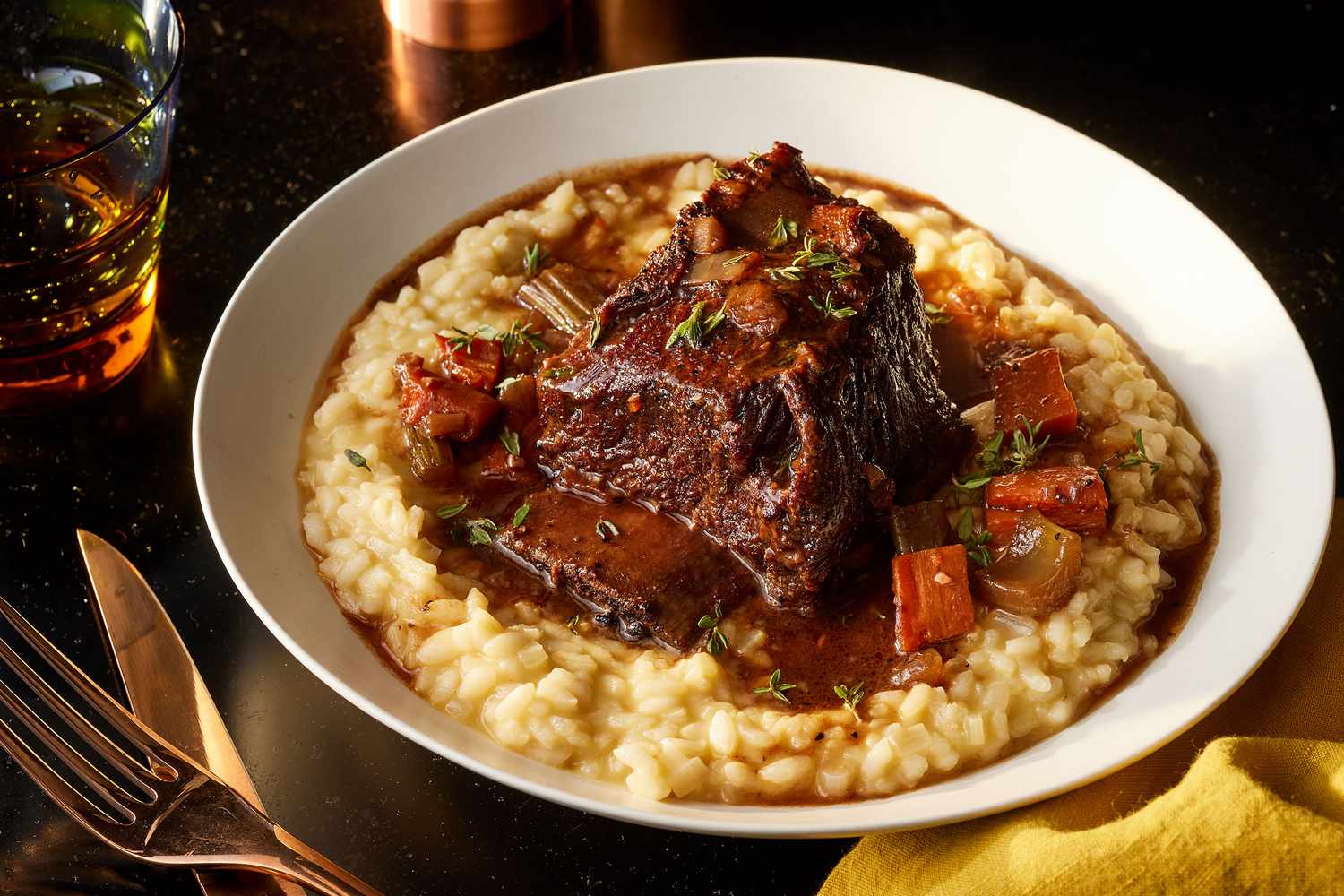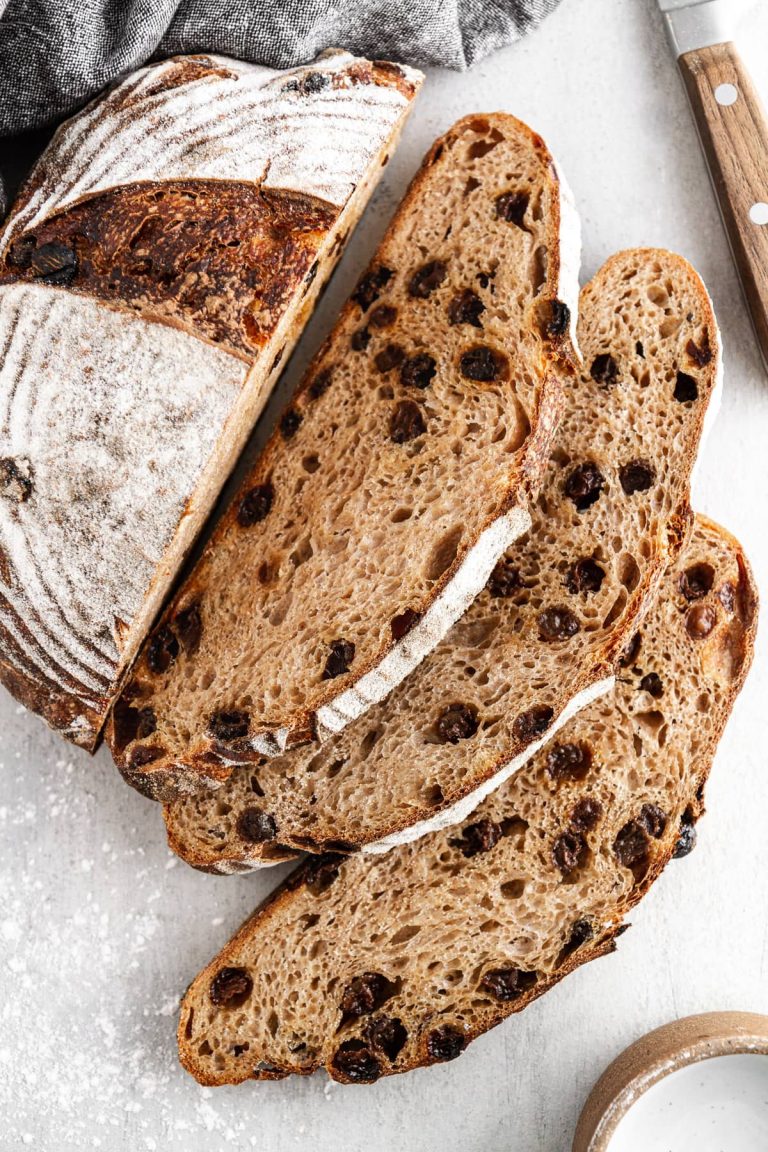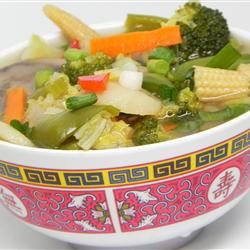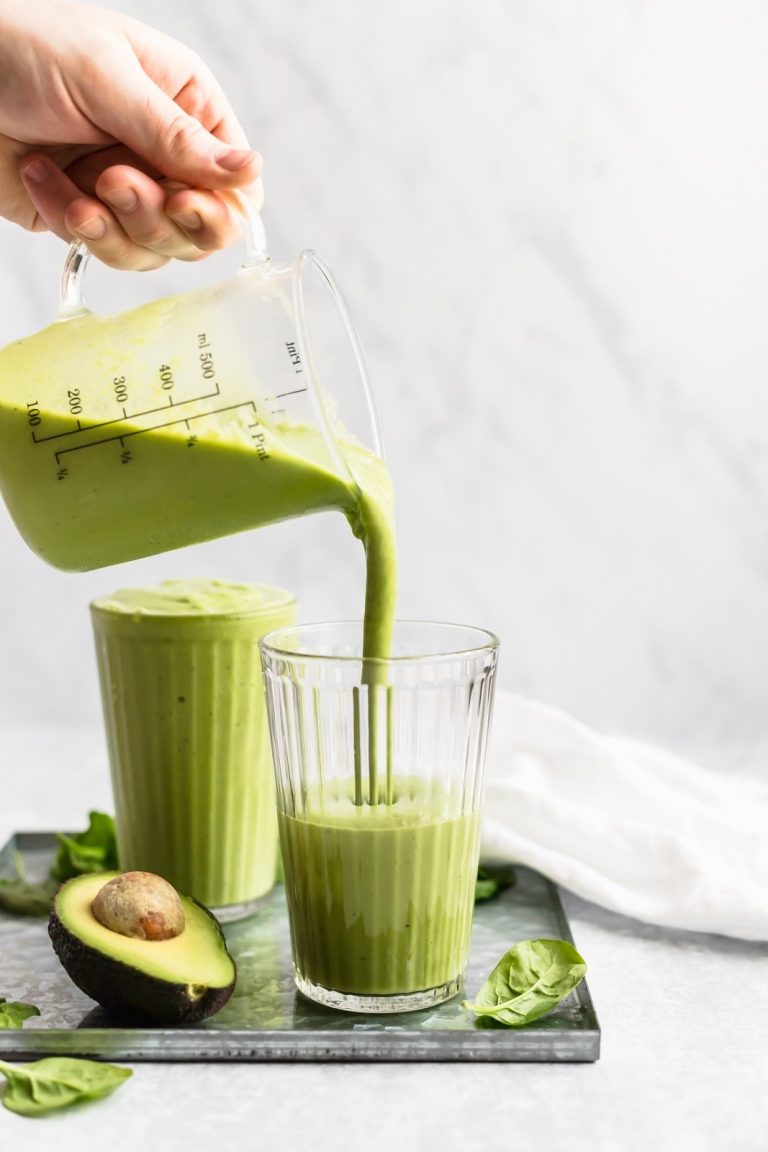Pot Roast: A Global Journey Through Flavorful Braised Beef Dishes
Pot roast has roots in various European cuisines, each adding unique twists over centuries. In France, “boeuf à la mode” resonates with savory, slow-cooked beef. In Germany, “Sauerbraten” features a marinated, tender roast. Immigrants brought these recipes to the United States, where they merged with local ingredients and techniques. Pot roast became a staple in American households, symbolizing warmth and togetherness during family meals.
Evolution of Cooking Techniques
Traditional pot roast relied on braising—a method involving browning the meat and simmering it with vegetables and broth over low heat. Over time, cooking devices like the Dutch oven, slow cooker, and electric pressure cooker enhanced this process. Dutch ovens allowed for even heat distribution; slow cookers, introduced in the 1970s, offered set-and-forget convenience; electric pressure cookers, gained popularity in recent years, reduced cooking time significantly while retaining flavor and tenderness.
Pot roast continues adapting to modern culinary trends without losing its classic appeal, making it a beloved comfort food across generations.
Essential Ingredients for a Classic Pot Roast
Choosing the Right Cut of Beef
Selecting the ideal cut of beef ensures your pot roast is tender and flavorful. Chuck roast is the most popular choice for its marbling and collagen, which melt during slow cooking, creating a tender texture and rich flavor. Brisket provides a slightly leaner option but still delivers excellent results when braised properly. Round roast, while less tender, works well with longer cooking times in slow cookers or Dutch ovens.
Vegetables and Herbs That Enhance Flavor
Incorporating the right vegetables and herbs elevates your pot roast’s taste profile. Common vegetables include carrots, onions, and potatoes. Carrots add sweetness, onions offer a savory depth, and potatoes serve as a starchy component that absorbs the beef’s flavors.
Herbs like rosemary, thyme, and bay leaves contribute aromatic qualities that complement the beef. Fresh or dried, these herbs infuse the broth with their essence, enhancing the overall dish. Garlic, though not an herb, is also essential for its robust flavor, blending well with the savory notes of the roast.
Cooking Techniques for the Perfect Pot Roast
Slow Cooking Versus Oven Roasting
Slow cooking offers a way to achieve tender meat with minimal effort. It uses low temperatures over extended periods, often 6-8 hours, allowing the flavors to meld. Slow cookers maintain a consistent temperature, which helps break down tougher cuts of beef, like chuck roast. Add all ingredients at the start, set the device, and let it work its magic.
Oven roasting provides a more traditional approach. The oven technique involves searing the beef first for added flavor, then baking it at a moderate temperature, like 325°F. Unlike slow cooking, oven roasting can deliver a crispy exterior while keeping the interior tender. Use a Dutch oven to lock in moisture and evenly distribute heat. Both methods offer excellent results; choose based on your time constraints and equipment.
Timing and Temperature Tips
For optimal results, keep track of timing and temperature. In a slow cooker, maintain a low setting, typically around 190-200°F, for 8-10 hours. For the high setting, reduce the cooking time to 4-6 hours but monitor closely to prevent drying out.
Oven roasting requires precise temperature control. Sear your beef at high heat, such as 450°F, for about 15 minutes to develop a crust. Reduce the oven temperature to 325°F, and cook for around 3-4 hours, checking for an internal temperature of 195°F to ensure tenderness. Use an oven thermometer for accuracy, avoiding the frequent opening of the oven door, which can cause temperature fluctuations.
By following these techniques, you achieve a perfect pot roast every time, balancing tenderness and flavor.
Serving and Pairing Ideas for Pot Roast
Best Side Dishes
Complement a pot roast with sides that enhance its rich, savory flavors. Serve mashed potatoes, roasted vegetables, or sautéed greens. Mashed potatoes with butter and cream are a classic choice, providing a creamy contrast to the tender meat. Roasted vegetables such as carrots, onions, and potatoes, which can be cooked alongside the roast, offer a harmonious blend of flavors. Sautéed greens like spinach or kale add a fresh, slightly bitter note that balances the dish.
Wine Pairings
Pairing the right wine enhances the enjoyment of your pot roast. Opt for red wines with robust flavors. Cabernet Sauvignon, with its full body and dark fruit notes, complements the rich, savory characteristics of pot roast. Merlot offers a softer, fruitier profile that pairs well with the dish’s tender texture. For a more intense flavor match, consider a Syrah or Shiraz; these wines bring spicy notes that highlight the meat’s seasoning and herbs.
Variations of Pot Roast Around the World
American Pot Roast
American pot roast, a beloved comfort food, uses beef chuck or brisket slow-cooked with vegetables. Typically, carrots and potatoes are added. The dish is seasoned with garlic and herbs like thyme or rosemary, then braised in beef broth or red wine. For a tender texture, cook at low temperatures for several hours.
International Takes on Braised Beef Dishes
French Pot-au-Feu: In France, pot-au-feu is a classic. It employs beef shank, oxtail, and marrowbone. Vegetables like leeks, carrots, and celery are essential, with herbs such as bay leaves and thyme. The dish is simmered in water or broth, resulting in a rich, flavorful stew.
Italian Bollito Misto: Italy’s bollito misto involves boiling mixed meats, including beef, veal, and sometimes chicken. Serve with vegetables like onions, carrots, and potatoes. Traditionally, pair it with various sauces like salsa verde or mostarda for added flavor.
German Sauerbraten: Germany’s sauerbraten features marinated beef that gets a long soak in a brine made from vinegar, water, and spices. After marinating, the beef is slow-cooked until tender. Serve with red cabbage and potato dumplings.
Japanese Nikujaga: Nikujaga, from Japan, combines thin-sliced beef with potatoes and onions. Cooked in a broth of soy sauce, sugar, and mirin, it has a sweet-savory flavor. It’s a common dish in Japanese households, emphasizing simplicity and taste.
Mexican Birria: Birria, a traditional dish from Mexico, uses goat or beef. Meat is marinated in a blend of chili peppers, garlic, and spices, then slow-cooked until tender. Typically served with a side of broth and corn tortillas, it provides a spicy and rich experience.
Korean Galbijjim: Korea’s galbijjim consists of braised short ribs, seasoned with soy sauce, garlic, sugar, and sesame oil. Often cooked with chestnuts, carrots, and radishes, it offers a balance of sweet and savory flavors. This dish is common during holidays and special occasions.
Conclusion
Pot roast isn’t just a meal; it’s a journey through time and cultures. From its European roots to its cherished place in American kitchens, this dish embodies comfort and tradition. Exploring its global variations reveals the rich tapestry of culinary practices that make each version unique. Whether you’re savoring a classic American pot roast or venturing into the flavors of French, Italian, German, Japanese, Mexican, or Korean braised beef dishes, you’re partaking in a tradition that transcends borders and generations. So next time you prepare pot roast, remember you’re not just cooking; you’re celebrating a timeless culinary legacy.






